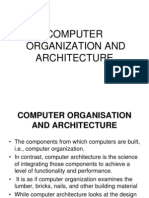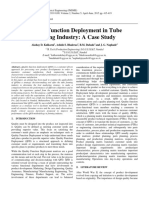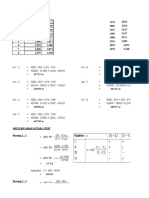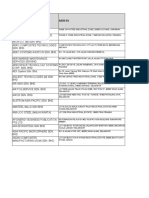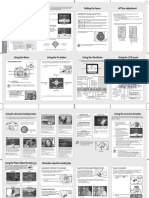0% found this document useful (0 votes)
19 views41 pagesFOC Notes
The document provides an overview of computer architecture, characteristics, generations, classifications, and applications. It discusses the evolution of computers from vacuum tubes to ultra-large scale integration technology, highlighting the features and limitations of each generation. Additionally, it categorizes computers based on operating principles, applications, and size, detailing the functions and examples of each type.
Uploaded by
subodh84856Copyright
© © All Rights Reserved
We take content rights seriously. If you suspect this is your content, claim it here.
Available Formats
Download as PDF, TXT or read online on Scribd
0% found this document useful (0 votes)
19 views41 pagesFOC Notes
The document provides an overview of computer architecture, characteristics, generations, classifications, and applications. It discusses the evolution of computers from vacuum tubes to ultra-large scale integration technology, highlighting the features and limitations of each generation. Additionally, it categorizes computers based on operating principles, applications, and size, detailing the functions and examples of each type.
Uploaded by
subodh84856Copyright
© © All Rights Reserved
We take content rights seriously. If you suspect this is your content, claim it here.
Available Formats
Download as PDF, TXT or read online on Scribd
/ 41



















































